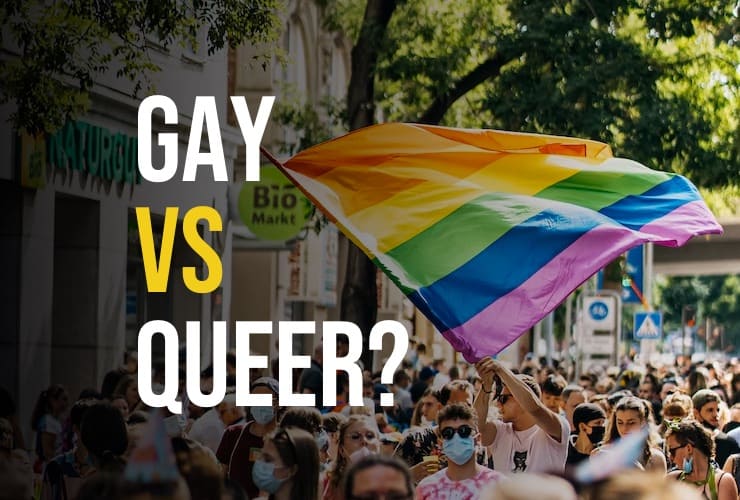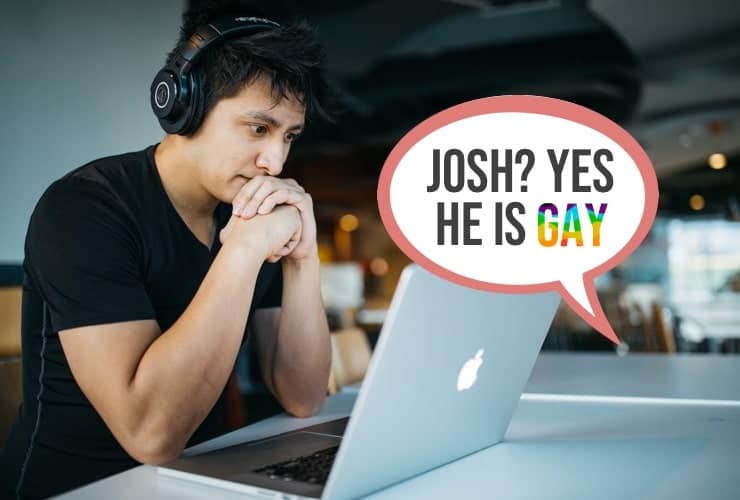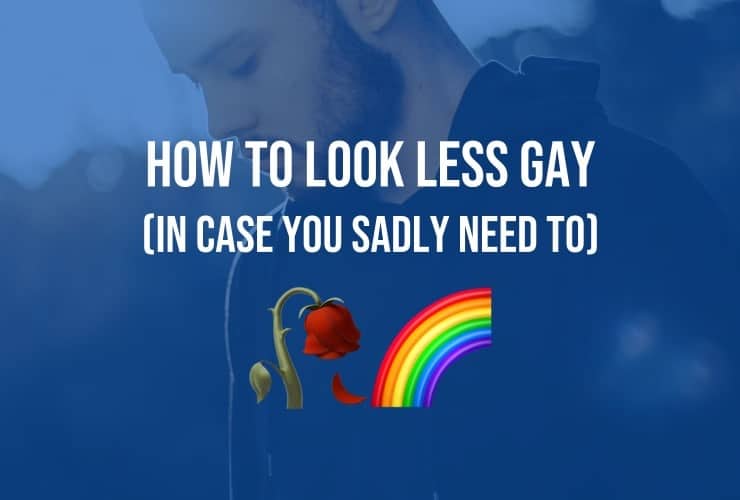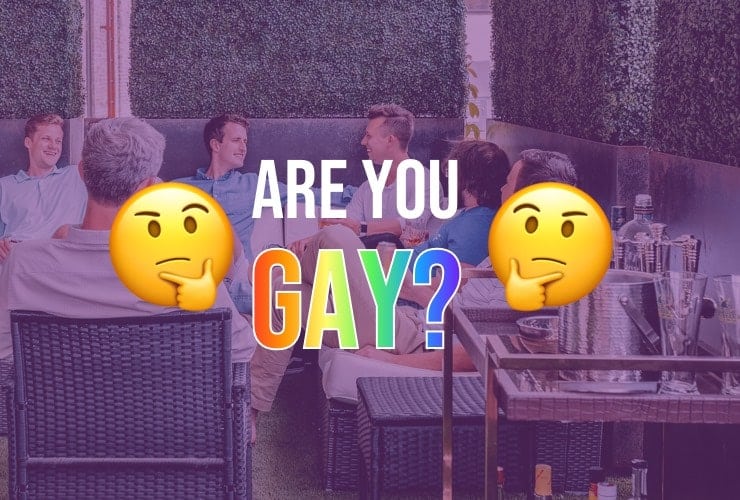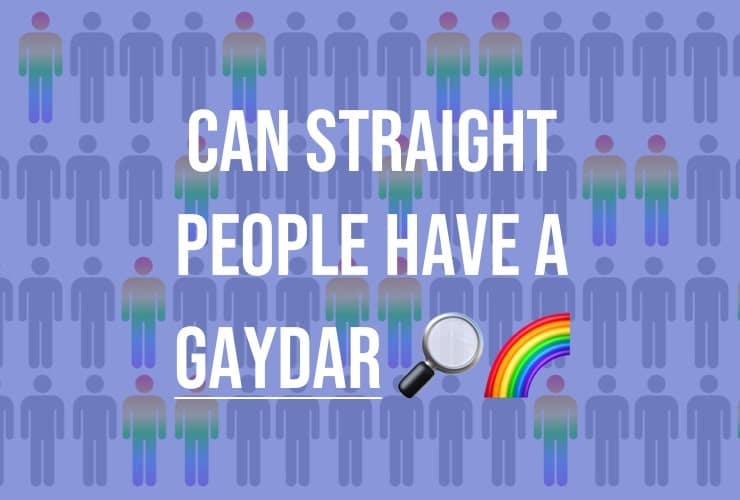More and more people in the LGBTQAI+ community are identifying as queer (or the Q in LGBTQAi+). You might wonder what is the difference between queer and the rest of the labels and why the linguist switch is happening. For reference, the LGBTQAI+ community, generally speaking, is still new. New labels and letters are consistently being added, or rather, new ways of expressing your sexuality are being recognized.
Queer and gay are similar, but not the same. Someone who is queer challenges the mainstream expectations of either binary sex, romantic orientation, or gender identity. Being gay is more binary, referring to a cis-individual being attracted to another cis-individual of the same sex, also known as homosexuality.
Queer is distinctly not binary– as it includes many different ways of being according to sex or gender or romantic interest, whereas gay is more singularly focused on homosexuality. More people think of queer as an umbrella term where as gay is more specific about who someone is attracted to.
The History of The Word”Queer”
The word queer is very old, like 15th century old, used to describe something strange or peculiar. Queerness as a way to describe someone (rather than something) is not as old. First used as a way to identify in 1894 in trial. Famously, the Irish poet Oscar Wilde was put on trail for being gay. The word queer was used during the court case to refer to homosexual men, such as Oscar Wilde himself.
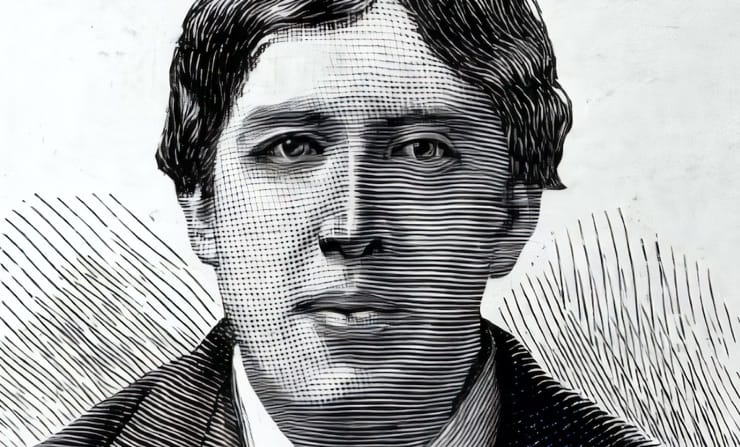
In the past, it was considered a slur to describe either non-heterosexuals or non-cisgendered folks. However, in the recent past and present, queers have reclaimed the word as their own and use it proudly. It is now a way to identify with pride.
Queer is a fluid word, and there are many different meanings to it, depending on who you ask. In general, queer gets used in one of two ways. For one, as an umbrella label for the whole LGBTQAI+ community. People might use the word queer to summarize their identify. This can also be safer if they are not in a space they feel can understand or accept them. Or this can be useful if they don’t want to go into details describing how they are transgender or panromantic (for example).
The second way it is used, is to align with the uniqueness of the concept. LGBTQAI+ for them might be too specific. Someone may want to celebrate their individuality because everyone’s identity and attraction is unique and doesn’t need to be labeled. Instead of using queer to mean “all definitions” they use it as a “no definition.” Queer folks do not owe everyone they interact with an explanation of how they identify, so using the word queer can be useful as a way to express themselves without having to define themselves.
Emil’s Story: “Queer Fits Me Best“
Since we identify as gay, we asked a queer friend if we could share their story to shed light on what queer can mean for one individual. Keep in mind there are many queer stories and ways to identify. This is just one human, perfect in their uniqueness.
My friend’s name is Emil, they are 26 and use the pronouns they/them. Emil was born male assigned, but felt different than other kids throughout their whole childhood. They were often called or labeled as gay because they expressed themselves in ways which are considered feminine.
For a while they thought they were transgender, but after finding out what the term non-binary meant and finding community with an online non-binary group, they felt connection and kinship to people who felt similar to them. This is a great example of how the expansion of labels and ways of identifying are really useful for people.
Emil feels queerness encapsules their sexual and gender identity. They are not a fan of the binary presentation within society and they also don’t love the binary presentation within the LGBTQAI+ labels.
To them, queerness rebukes cisgender and heteronormative privileges. In our chat they said, “I like how queer is a fuck-you to socialital mandates,” and I like that too.
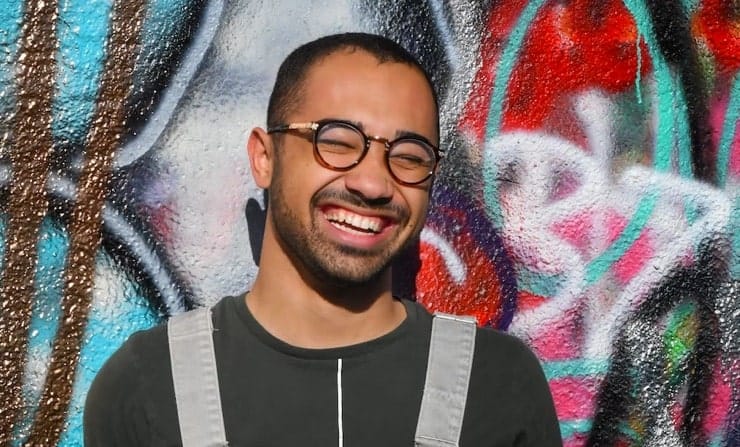
The History Of The Word “Gay”
The word gay is even older than the word queer, first used in the 12th century to mean cheerful, carefree or light in spirit. It was used this way for a very long time. This type of usage can still be found in not so old films or Shakespear plays.
The word gay didn’t take on the meaning of homosexual until around 1955. Gay’s themselves found the word homosexual too clinical and started identifying with the word gay. Similar to queer, gay started off as a way to describe someone (and not always positively), then the community reclaimed the word with pride. Gay is one of the first of the labels that made up the LGB sexual identity community that we now know as LGBTQAI+ today. Today, people use the term to describe their sexual orientation, proudly and joyfully!
Gay folks can be men or women, because it refers to being attraced to people of the same gender. Although it is worth noting that often lesbian is used in a way to identify a women who loves other women and gay is often used as a way to identify a male who loves other males.
Robert’s Story: “I’m Stereotypically Gay”
I have a gay friend Robert, who allowed me to ask him some questions and speak on his sexuality and identity. Robert is 36 and he uses the pronouns he/ him. He identities as a gay, cisgendered man. He doesn’t necessarily identify as queer. “I think moving away from a strictly binary society is the future but I feel like the gay label perfectly encompasses my identity.”
He does, however, identify as a pogonophile, which is someone who loves (capital L) beards. Robert generally thinks that the manlier a guy is, the more attractive they are to him. That being said, Robert is aware of a new wave of expression in the gay community. For example, Robert said, “I do see more and more masculine guys play with their gender identity and think it’s definitely interesting. I saw some muscly gay guys at a dance party rocking pearl necklaces and leather corsets.” Playing around with gender and sexuality is becoming more fluid these days as Robert so keenly noted. It is neither here nor there, just an awareness of how things change.
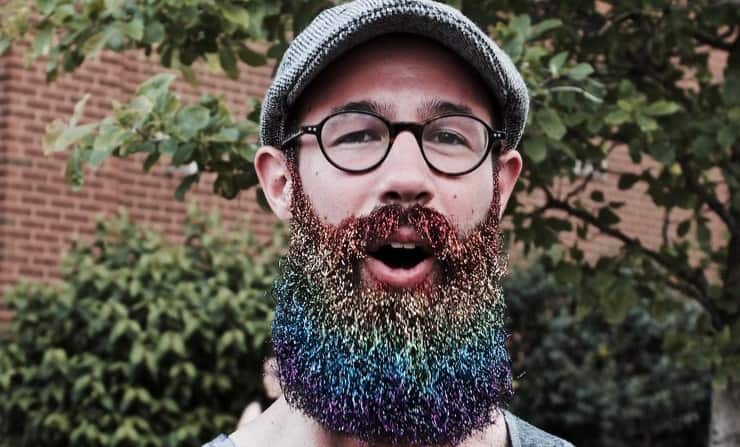
The Rise of Queer(ness)
It is no denying that there is a correlation between age and the acceptance of the word queer. Nowadays, the younger generation is more likely to identify and embrace the word queer. They are often the folks that Robert described as experimenting with hyper masculinity and femininity.
Older generations, especially gay men, have known the word queer as a slur their whole life so sometimes have a strong feeling against it. This older generations might have grown up with games at school such as “smear the queer,’ which are obviously traumatic and painful. Hearing and seeing the word queer being used might be triggering. For them it can evoke an emotional and negative response, so we should not judge or force them to accept the identification for themselves.
Human nature makes us want to fit in with others as much as possible. In our younger years, this is especially true as standing out can cause issues amongst peers. However, the younger generations are realizing more and more that we should celebrate our differences. They embrace differences as what makes us interesting, unique and distinctly human. This is a clear sign of progress and open-mindedness within society at large, which only elevates and encourages more uniqueness.
Generally speaking, the queer label is more inclusive than the gay label. Gay identities are stereotypically more binary (cis-men attracted to cis-men or cis-women attracted to cis-women). This type of label often comes with certain expectations when it comes to gender performance and attraction. For many, the stereotypical gay guy might look like a masculine, muscled, white cisgendered man. However, that is only a sliver of what gay can look like, but not everyone will feel comfortable with the label gay and might prefer to use the queer label because it is more inclusive of diversity.
Conclusion
There is no right or wrong way to be queer. Our community is ever evolving and we are all different. Words can have different meanings for anyone and it’s important to just be yourself. If you are unsure of where you fit into the queer community or if you align with the queer community, try looking onto queer groups onlines, forums, and social media accounts.
You can decide your own label(s) or you can choose not to use labels to identify or classify yourself. Again, there are no rules when it comes to exploring your own identity and the way you view yourself can shift and change overtime – we are not stagnant but dynamic and ever changing.
What is most important is to keep an open mind about yourself and other people. Allow yourself and others grace as they explore their identities, labels and how they define their sexuality.

